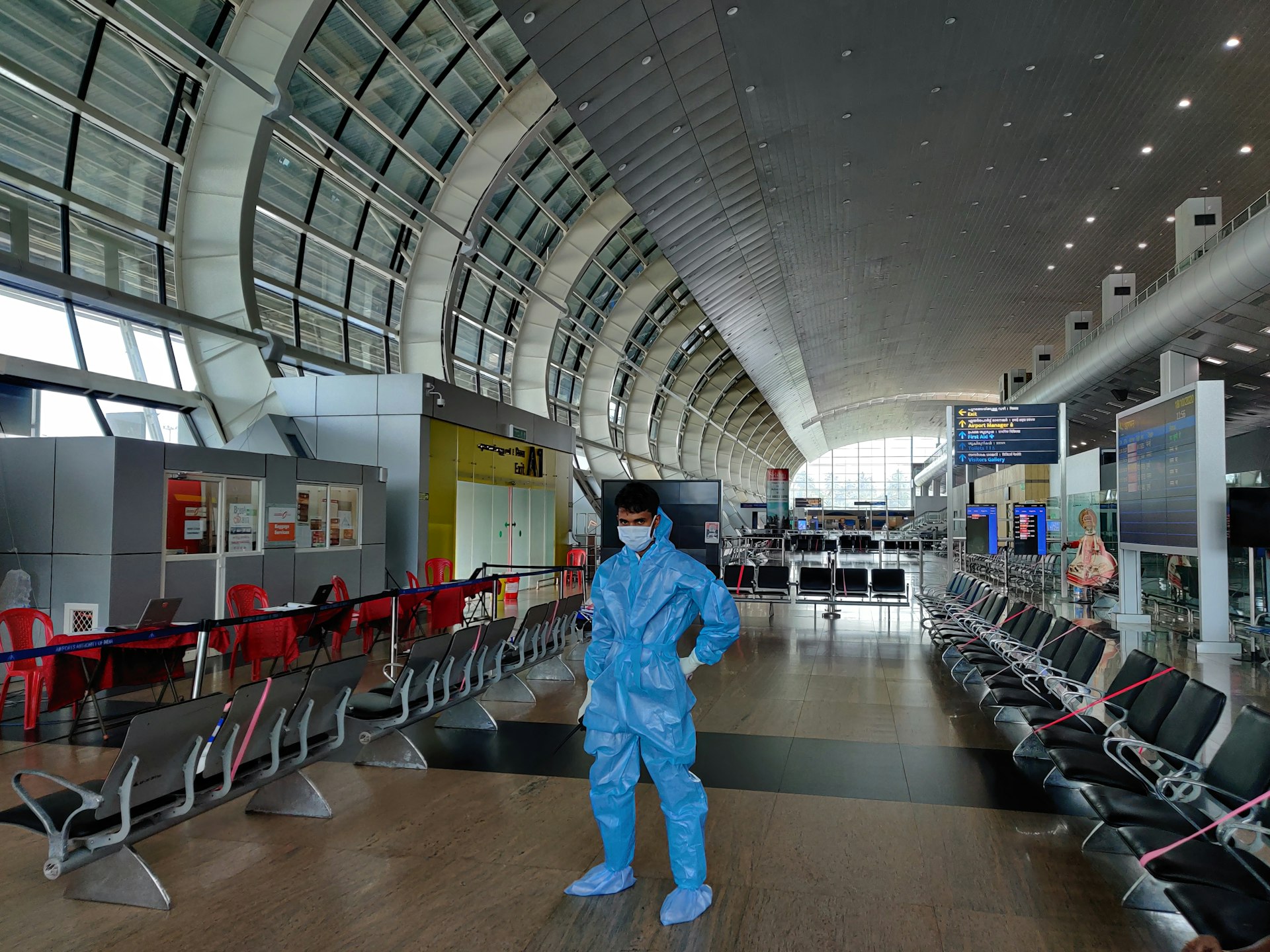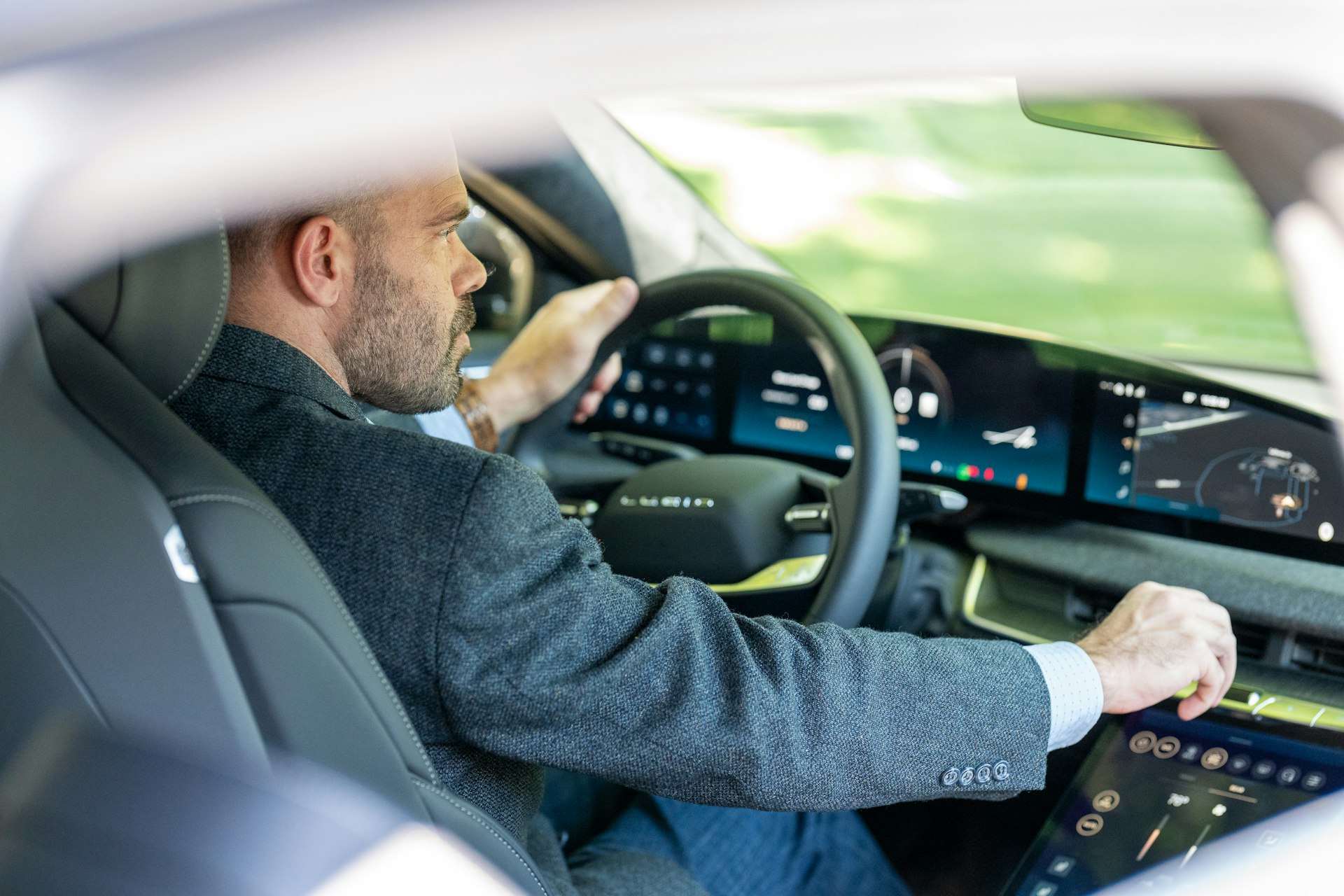Understanding Passenger Perceptions: Insights from Autonomous Vehicle Experience Studies

Photo by Zion C on Unsplash
Introduction
Autonomous vehicles (AVs) are rapidly transforming the transportation landscape, yet their widespread adoption depends heavily on passenger perceptions . Recent studies reveal that factors such as trust, emotional response, risk assessment, and personal experience significantly shape how individuals evaluate and accept AV technology. This article synthesizes the latest research on AV passenger perception, providing actionable guidance for industry stakeholders, policymakers, and mobility service providers seeking to understand and influence public attitudes toward autonomous vehicles.
The Emotional Landscape of Autonomous Vehicle Acceptance
Research shows that emotional responses are central to AV acceptance. In a 2023 study from Spain, participants underwent virtual AV simulations and completed surveys before and after their experience. The study found a notable decrease in emotional arousal after the simulation, suggesting that direct exposure to autonomous driving often lessens anxiety and unfamiliarity. As participants became more accustomed to AV technology, their emotional responses shifted toward calmness and positivity, which predicted increased acceptance. This aligns with psychological models like the Risk-as-Feelings hypothesis, emphasizing how visceral impressions of risk can differ from analytical evaluations and that positive emotional shifts support AV adoption [1] .
However, the study also highlights that simulated experiences may not entirely overcome the preference for manual driving. While interest in AVs increased-especially for scenarios involving driver impairment-confidence in manual control remained strong. This nuanced outcome underscores the importance of experiential learning and targeted education to address persistent apprehensions.
Trust and Risk Perception: The Cornerstones of Passenger Attitudes
Trust in autonomous technology is a complex construct, influenced by both the reliability of AV systems and the way passengers interact with them. A 2024 bibliometric analysis identified several key narratives in AV research, including the interplay of trust, risk perception, and behavioral outcomes. The findings show that passengers’ trust grows when AVs communicate clearly and manage critical scenarios effectively. Moreover, risk perception is shaped not only by technical safety but also by social and psychological factors-public concerns can remain high even when technologies are statistically safe [2] .
The study emphasizes that understanding social amplification of risk is vital. Negative news coverage, lack of transparency, and unfamiliarity can amplify fear, whereas positive interactions and visible safety features help mitigate concerns. Therefore, AV manufacturers and operators should prioritize transparent risk communication, consistent reliability, and proactive passenger engagement.
Practical Concerns: Safety, Cost, and Liability
Surveys of the general public consistently identify several practical concerns about AVs. These include:
- Safety and Malfunction Risks: Fear of accidents or technical failures remains the top issue for many potential passengers. Clear demonstration of safety protocols and real-time monitoring can help alleviate these worries [3] .
- Cost and Accessibility: The purchase price and operational costs of AVs are often perceived as high, limiting interest among cost-sensitive populations. Industry stakeholders should consider flexible pricing models and public-private partnerships to improve accessibility.
- Liability and Accountability: Questions about who is responsible in the event of an incident-passenger, manufacturer, or operator-remain unresolved for many. Clear legal frameworks and insurance solutions are necessary to build confidence.
To address these issues, AV providers can offer transparent safety records, provide demonstrations or trial rides, and collaborate with regulators to clarify liability structures. Potential passengers may benefit from attending local AV pilot programs, engaging with consumer advocacy groups, or contacting their transportation departments for the latest safety and regulatory information.
Case Study: Autonomous Buses and Public Transport Integration
One of the most successful implementations of AVs has been in the form of autonomous buses running regular public transport routes. A 2021 study examining passenger intentions and experiences with self-driving electric shuttle buses found that perceived safety, comfort, and reliability are critical to fostering positive attitudes. Passengers reported greater willingness to use AVs for routine travel when these factors were addressed through clear communication, visible safety measures, and reliable scheduling [4] .
For cities and transit agencies considering AV integration, step-by-step guidance includes:
- Launching pilot programs with extensive public engagement and feedback mechanisms.
- Providing transparent information on vehicle safety, operational protocols, and emergency procedures.
- Partnering with academic institutions to conduct ongoing passenger perception studies and adjust services accordingly.
- Offering incentives for first-time riders and collecting data on their experiences to inform future improvements.
Individuals interested in AV public transport can typically find information through their local transit authority’s website or by searching for “autonomous shuttle pilot” and their city name.
Strategies to Improve Passenger Perceptions and Acceptance
Based on current research, several actionable strategies can help industry stakeholders and policymakers improve AV passenger perceptions:
- Experiential Learning: Organize simulation events, test rides, and virtual reality experiences that allow passengers to engage with AV technology in a controlled, informative setting.
- Transparent Communication: Provide clear, accessible information about AV safety records, technology capabilities, and emergency procedures. Use official channels and third-party validation when possible.
- Social Engagement: Foster community discussions through town halls, workshops, and partnerships with advocacy organizations to address collective fears and misconceptions.
- Continuous Feedback: Implement robust feedback systems that allow passengers to report concerns, suggest improvements, and receive timely responses.
For individuals seeking to participate in AV perception studies or pilot programs, consider contacting your local university’s transportation research center, municipal transit authority, or searching for “autonomous vehicle pilot program” alongside your location.
Challenges, Solutions, and Alternative Approaches
Despite advances, several challenges persist:
- Persistent Skepticism: Some groups remain resistant due to entrenched beliefs or previous negative experiences. Targeted outreach, education, and demonstration programs tailored to these populations may help shift attitudes.
- Regulatory Uncertainty: The evolving legal landscape can create confusion for both providers and passengers. Advocacy for clear, adaptive regulations and insurance models is essential.
- Technological Limitations: Issues such as sensor reliability, cybersecurity, and adaptability to complex urban environments require ongoing research and transparent reporting.
Alternative approaches include expanding AV use in low-risk environments (such as campus shuttles or controlled districts), partnering with trusted community leaders to disseminate information, and utilizing third-party safety audits to build credibility.

Photo by Samuele Errico Piccarini on Unsplash
Key Takeaways and Next Steps
Understanding and addressing passenger perceptions is critical for the successful adoption of autonomous vehicles. Emotional response, trust, risk assessment, and practical concerns are all key factors. Stakeholders should leverage experiential learning, transparent communication, and ongoing feedback to build confidence and promote acceptance. For individuals seeking more information or to participate in perception studies, searching for “autonomous vehicle passenger perception research” at reputable academic institutions or contacting your local transit authority are recommended starting points.
References
- [1] Tapia JL et al. (2023). Shifting Perceptions and Emotional Responses to Autonomous Vehicle Simulations. Behav Sci (Basel).
- [2] Naiseh M et al. (2024). Trust, Risk Perception, and Intention to Use Autonomous Vehicles: A Bibliometric Analysis.
- [3] Cvetković B et al. (2020). Perception of Autonomous Vehicles by the Modern Society: A Case Study.
- [4] Mouratidis K (2021). Autonomous Buses: Intentions to Use, Passenger Perceptions, and Acceptance.
MORE FROM ismath.net













